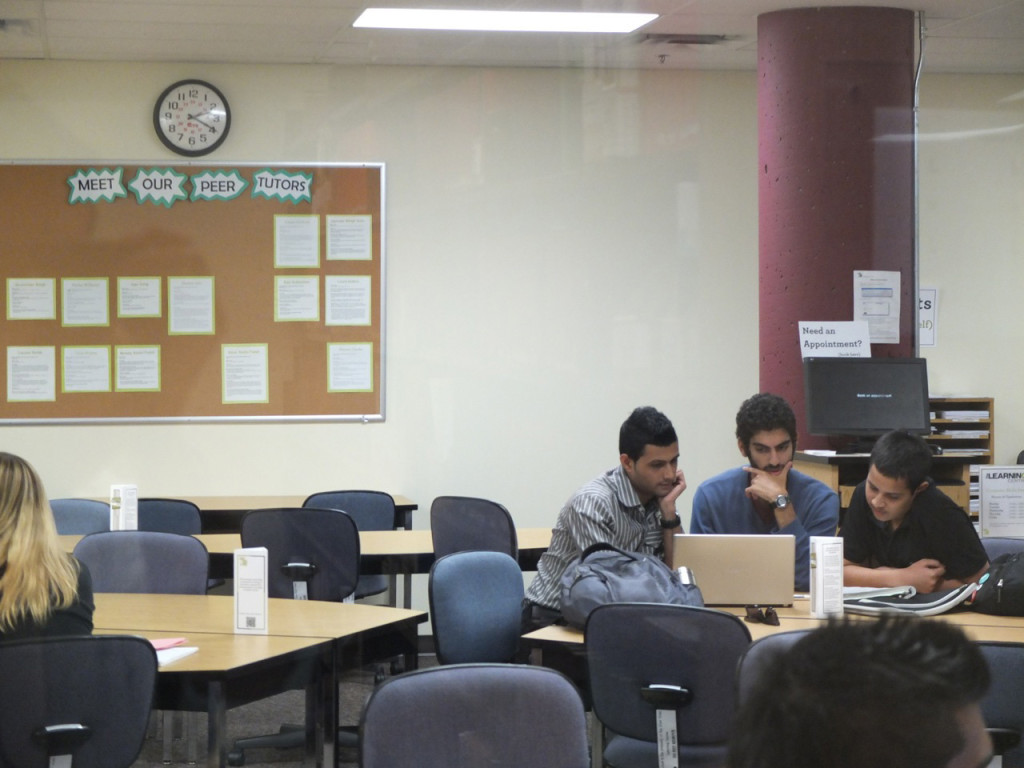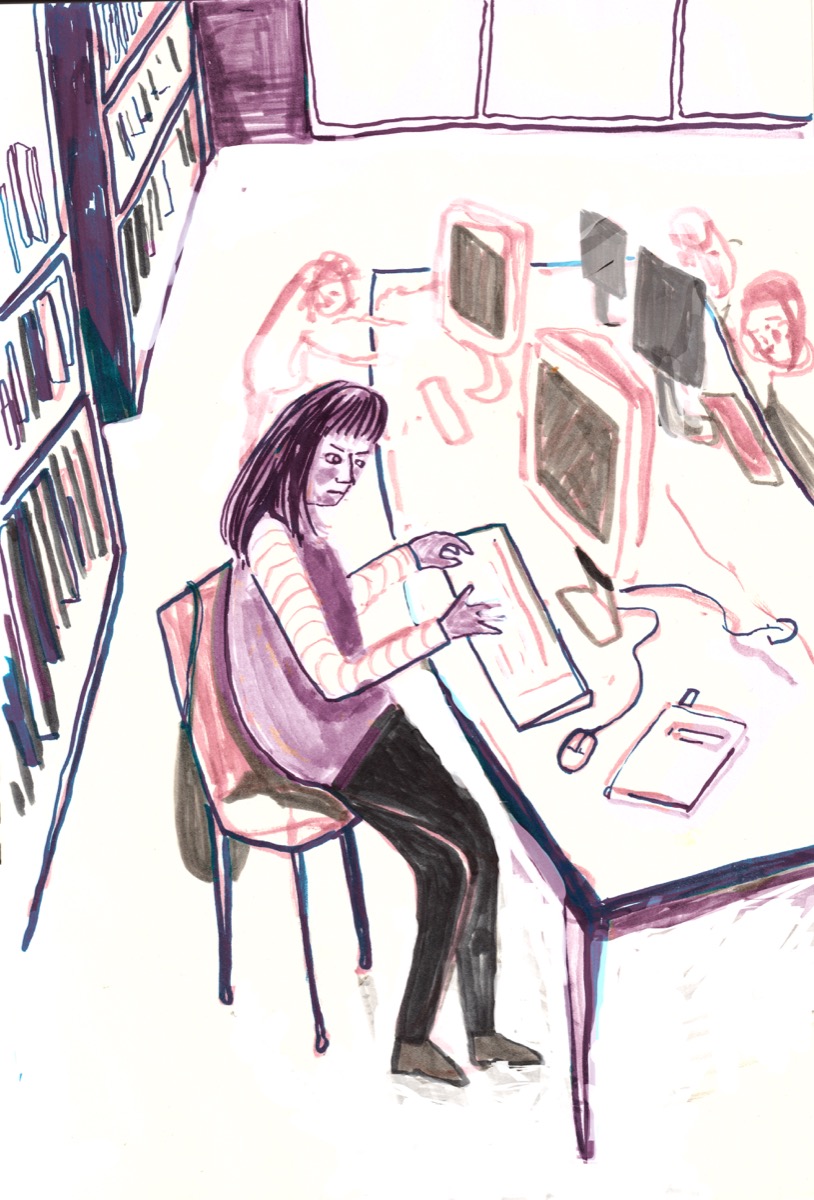
A timeline of progression and how residents can help
By Mercedes Deutscher, Staff Reporter
As Metro Vancouver faces its worst drought in over 10 years, many are wondering how water levels reached their current status, and what the near future holds for the region’s water supply.
“It’s at different levels throughout the province, but pretty much everywhere we are short on rain and really short on what we had for runoff to fill our reservoirs and dams,” Kevin Boon, general manager of the BC Cattlemen’s Association, told the Globe and Mail.
Water restrictions have reached Stage 3 in Metro Vancouver, leaving those who water their lawns with treated water facing fines. Yet how did BC’s water supply dwindle so low? When will water restrictions and drought warnings be lifted? What can ordinary residents do to help?
Winter/Spring: An unusually warm winter melts the ice caps early on the Rocky Mountains. Ski resorts are forced to cut the season short.
May/June:Extremely low levels of rain are recorded in Metro Vancouver. Across the province, wildfire levels reach more than double last year’s, requiring more water and firefighters in the extinguishing effort.
Early July: Water reservoir levels dip below 80 per cent of regular supply. Metro Vancouver’s Level 1 water restrictions are upgraded to Level 2. Households are only allowed to water lawns once per week.
July 14: Metro Vancouver and South Coast declare that the region is experiencing a Level 4 drought, the highest level of drought recorded.
July 20: Reservoir levels dip below 70 per cent. Lower Mainland water restrictions are upgraded to Level 3. All lawn sprinkling using potable water is banned. Water restrictions also ban residential car washing.
July 31: Water restrictions declared to affect agricultural practices starting on August 4. Fishing for sport will be banned in most rivers.
The drought is expected to become worse throughout August, and rain levels are not expected to return to normal until at least September.
As the water shortage continues throughout the region and province, several more areas of practice will likely be affected. Hydroelectric dams, which produce 90 per cent of BC’s energy, will not be able to produce as much power. The salmon spawning season will also be affected, as water levels will not only be low for the migration, but also unusually warm.
Lower Mainland residents are encouraged to adhere to water restrictions as much as possible. Not adhering to the in-effect water restrictions can lead to fines.


